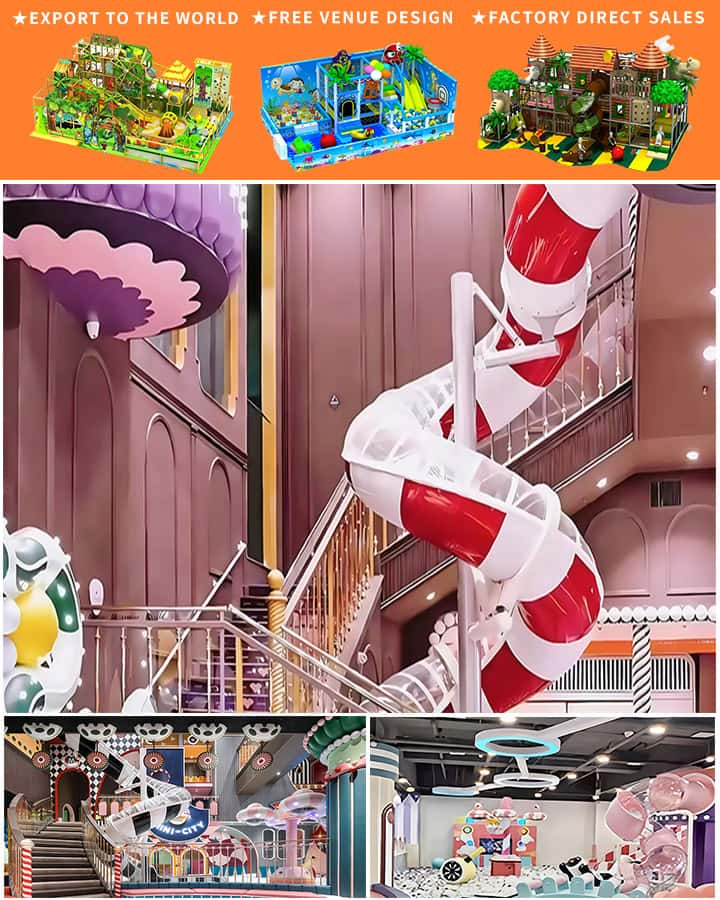Indoor play areas specifically designed for babies have become an essential space within homes, providing a safe and stimulating environment where infants can explore, learn, and grow. These areas are not just spaces filled with toys; they are carefully curated environments that encourage developmental milestones and offer numerous benefits that extend well beyond mere entertainment.
Safety First
Safety is paramount when designing an indoor play area for babies. Parents and caregivers must ensure that the space is free from hazards such as sharp edges, small objects that can be choked on, and unstable furniture. Using non-toxic materials and ensuring good ventilation are also crucial. Soft mats or carpets provide a cushioned surface to protect babies from bumps and tumbles as they begin to crawl and move around.
Stimulation and Development
Indoor play areas are rich in sensory stimuli, which are vital for a baby’s development. Different textures, colors, sounds, and shapes can captivate a baby’s attention and stimulate their senses. For instance, soft toys with various textures can encourage tactile exploration, while colorful mobiles can capture their visual interest. Musical toys and instruments introduce auditory experiences that can enhance language development and rhythm recognition.

Encouraging Motor Skills
As babies transition from lying down to sitting up, crawling, and eventually walking, indoor play areas play a significant role. Activities such as reaching for toys, rolling over, and playing with balls help strengthen their motor skills. Tummy time on a soft mat with engaging toys overhead can build neck and shoulder muscles, setting the foundation for future physical activities.
Social and Emotional Growth
Even at a young age, social interaction is critical. Indoor play areas can facilitate bonding between parents and their babies through shared playtime. Simple games like peek-a-boo or interactive toys that respond to touch can foster emotional connections and help babies develop trust and security. Additionally, if siblings or other children are involved, these settings can teach early social skills such as sharing and cooperation.
Cognitive Benefits
Exploring an indoor play area helps babies develop cognitive skills. Problem-solving toys, shape sorters, and stacking blocks challenge their minds and improve hand-eye coordination. These activities encourage curiosity and the desire to learn, laying the groundwork for intellectual growth and critical thinking skills later in life.
Tailoring to Age and Interests
One of the beauties of indoor play areas is their adaptability. As babies grow, the space can be modified to suit their changing needs and interests. Younger infants might benefit from sensory-rich environments with simple, safe toys, while older babies may enjoy more complex structures like mini climbing frames or interactive panels. Regularly rotating toys keeps the environment fresh and prevents boredom.
Conclusion
Creating an indoor play area for babies is investing in their overall development and well-being. It provides a safe haven where they can explore, learn, and grow at their own pace. By focusing on safety, stimulation, motor skill development, and social interaction, these spaces become more than just places to play—they become crucial elements in nurturing healthy, happy, and intelligent future individuals. Whether it’s a dedicated room or a corner of a living space, thoughtfully designed indoor play areas offer invaluable benefits that support every stage of a baby’s growth journey.




